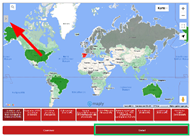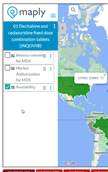By Niels Jensen
Thanks to MDS Foundation and MDS Alliance I have been attending the 62nd ASH Annual Meeting and Exposition as a patient advocate associated with LyLe – the support group for lymphoma, leukaemia and MDS in Denmark. This was an all virtual event, so I participated through the internet from Slangerup, Denmark.
Caveat: The viewpoint in this document is that of a patient, and not a doctor. Keep that in mind, as you read it. Also this report is written for patient advocates, who have gone through the WECAN Masterclass or have equivalent knowledge.
A virtual event has some advantages and some drawbacks. One of the advantages was that you can watch many pre-recorded presentations at any time, e.g. presentations from educational sessions or presentations from Fridays Satellite Symposia. You can even watch one event as it happens, and another parallel event later in the day or even next morning. Another advantage was that posters had been replaced with 4-5 minute pre-recorded presentations of each poster available throughout the duration of the meeting, and not just one day or one evening after a busy day running from session to session. Also in the poster area one could easily search for the ones of interest, e.g. those related to MDS.
A major drawback of the virtual event is the missing servings of good coffee and cookies in the exhibition area, which I enjoyed tremendously at the ASH Annual Meeting I attended years ago in San Diego. Luckily Philips Senseo makes excellent single cups of good coffee. However, I did not miss the huge amount of paper I returned from San Diego with.
Biggest MDS take away
My biggest MDS related take away from this year’s virtual ASH Annual Meeting was from Saturday’s educational session on MDS where, Dr. Bart Scott said that for higher risk MDS patients participation in a clinical trial should be considered first line treatment.
Biggest overall take away
The biggest overall meeting take away was a new treatment for beta-thalassemia and sickle cell diseases using CRISPR-CAS9, which showed these very transfusion dependent patients became transfusion independent after the treatment. Crisper is a technology for editing genes. At the time for data cut-off for ASH, only 10 persons had been treated – 7 with beta-thalassemia and 3 with sickle cell disease. All were transfusion independent a year after treatment. I would expect to see more Crisper based treatment in the coming years.







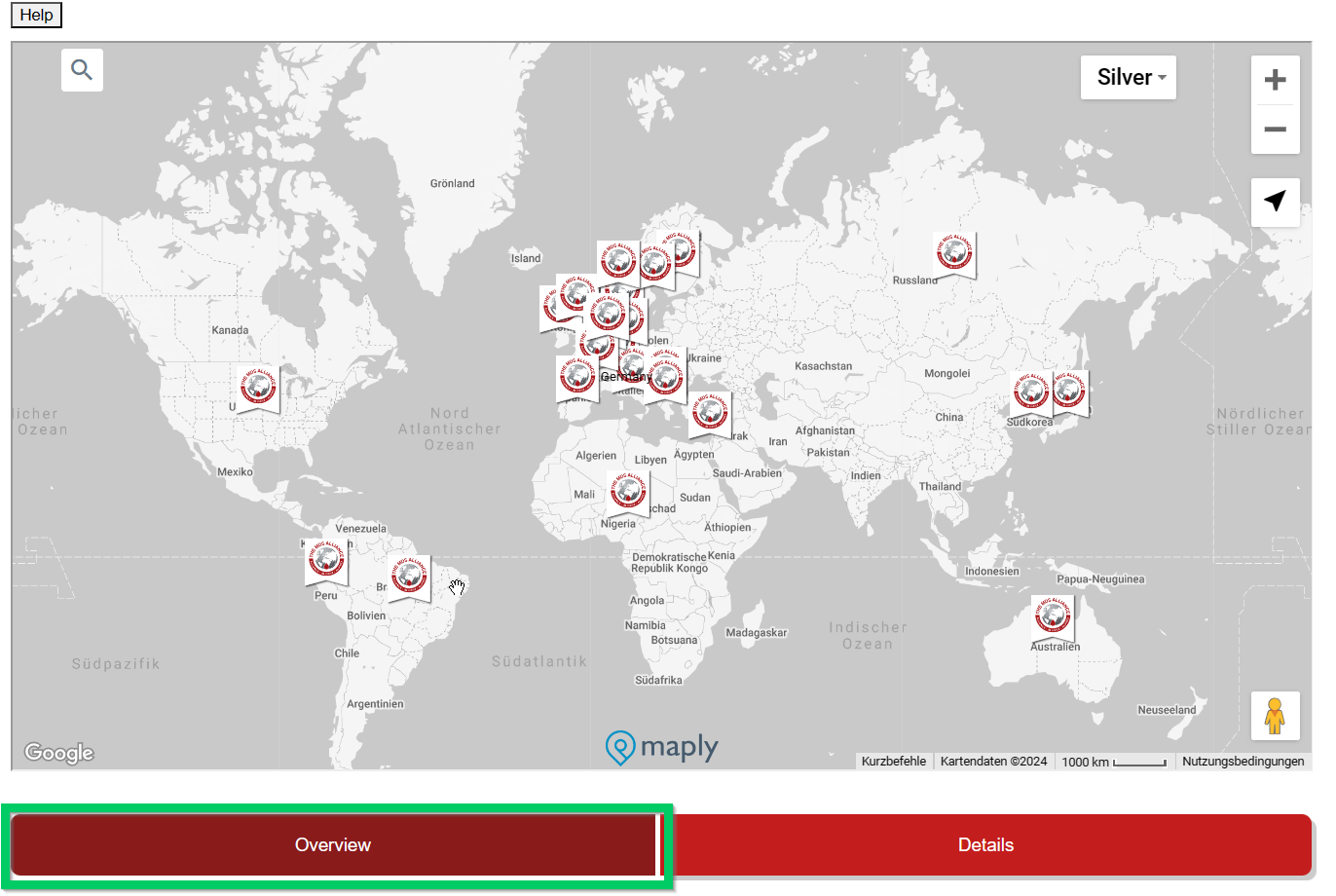
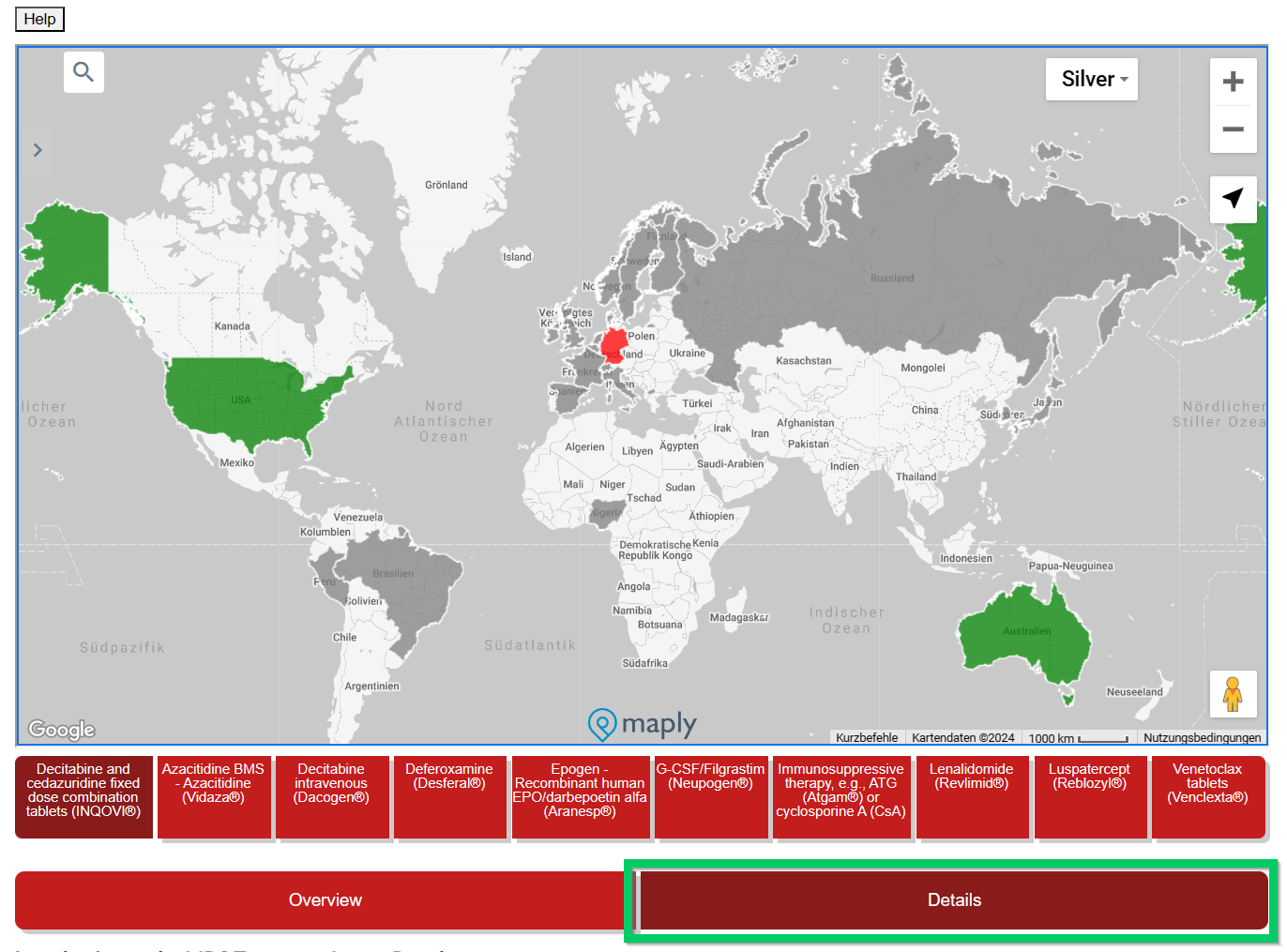

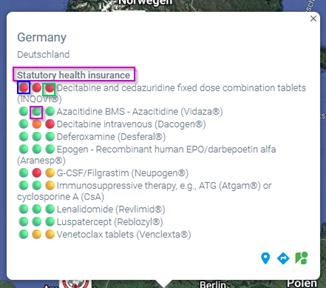 This overview is interactive and detailed information is displayed by moving the mouse. Under the country name there is a (pink) reference to the health insurance system (if known) in this country.
This overview is interactive and detailed information is displayed by moving the mouse. Under the country name there is a (pink) reference to the health insurance system (if known) in this country.